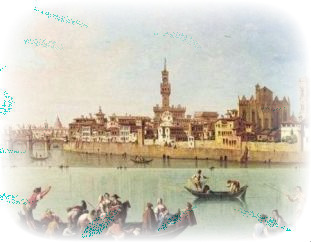


|
|||||||||
|
|
 |
dual layer case with dual injected shell for iphone 6/6sSKU: EN-E10250








dual layer case with dual injected shell for iphone 6/6sIn many ways, the travails of the NYT Now app reflect larger movements in the news industry. Last year, the app shifted from an $8 subscription-based service to a free one -- once again, in an effort to reach younger and more "mobile-savvy" readers. But now the NY Times is shifting its focus to optimize its presence on social media platforms, like Facebook and Twitter. Be respectful, keep it civil and stay on topic. We delete comments that violate our policy, which we encourage you to read. Discussion threads can be closed at any time at our discretion. I'd been exchanging messages with Iranian journalist Behrouz Boochani for more than a week, but I realized guiltily that I hadn't replied to his recent message, The only reason he was so slow replying was because he was messaging me from a remote island off the north coast of Papua New Guinea, On a terrible internet connection, Using a beat-up phone he'd bought from a smuggler for 50 cigarettes, For our Road Trip 2016 summer series, CNET's global dual layer case with dual injected shell for iphone 6/6s team of reporters have been asking what technology access looks like for refugees fleeing conflict and persecution across the world.. But as CNET's tech reporter in Sydney, I've been trying to find out what life is like for refugees who came to Australia by boat, only to be kept in offshore detention as part of the Australian government's campaign to tighten its borders. I've spoken to desperate people, kept isolated with little access to the outside world, and heard stories of smuggled phones, patchy internet, hidden camera footage and stonewalling at every level of bureaucracy. What do you do when technology is your only lifeline and it's disconnected?. When "illegal maritime arrivals" come to Australia by boat seeking refugee status, they're sent to two islands for processing, Like many Australians, I'd heard of Manus Island (off the coast of Papua New Guinea) and the Republic of Nauru, But I had no idea just how remote these places were until a few months ago, A quick look at Manus and Nauru on Google maps changed that, Australia's offshore processing centers on Manus Island and Nauru are thousands dual layer case with dual injected shell for iphone 6/6s of miles from the Australian mainland, I would need to fly more than 2,000 miles north of Australia to see what conditions and technology access was like in Australia's government-mandated detention camps.. To get to Nauru, I was told I'd have to pay a non-refundable visa application fee of AU$8,000 ($6,200). But after several emails with Nauru's Director of Immigration, explaining my intentions to report on detention and our willingness to pay the fee, he said I couldn't even apply. The island apparently had an "accommodation shortage." Just days before my first request, one of Australia's tabloid news programmes had aired a report from Nauru after sending an entire TV crew there. Australia's Department of Immigration and Border Protection (DIBP) didn't respond to my questions about conditions in detention, saying the government doesn't run the camps and questions should be directed to the governments of PNG and Nauru. This, even though refugees there are seeking asylum in Australia, that offshore detention is an Australian government policy, and that the Australian government funds these centers -- to the tune of AU$1.1 billion per year.
|
|
|
|
||
| Site Map |

